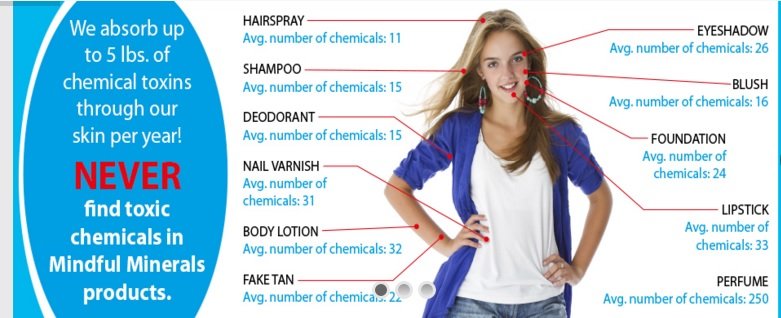
We tailor programs to you based upon your specific needs, capabilities and limitations. Our weight loss program has a very high success rate and patients are re-evaluated until optimal weight loss is achieved. Serotonin-Plus provides flexibility so that you can achieve your goal while maintaining your busy schedule.
The program's foundation is built on behavioral and lifestyle modification with a medical “jumpstart”. The Serotonin-Plus Weight Loss Program™ is medically supervised and consists of weekly visits with the medical staff depending upon the program chosen.
We feature the Serotonin Formula™, our unique patented oral serotonin supplement that acts as a natural appetite suppressant and significantly reduces carbohydrate cravings. When appropriate, we utilize an FDA approved prescription appetite suppressant to jumpstart the metabolism.
Serotonin is a natural body brain chemical. Serotonin imbalance has been implicated as contributing to increased carbohydrate cravings, binge eating, depression.
See What Real Patients Have to Say and Get Started Today!
“In the last 5 years my participation in various weight control programs had been disappointingly unsuccessful. However, The Serotonin Formula Weight Loss Program™ has been AMAZING!! While following this program during this past 12 week period that included Thanksgiving, Christmas and New Year festivities, I LOST 20 lbs. TRULY AMAZING”. – Shirlee C.
“Best-Northern-Va-Weight-Loss-CentersI started the Serotonin Formula Weight Loss Program in May at 180 pounds and by November I reached my weight goal of 125 pounds. I lost 55 pounds and went from a size 18 to a size 6. I had tried all kinds of programs and nothing seemed to work. With Serotonin Formula, I followed the program and diet plan, as well as, began to exercise every day and the weight came off. I work two jobs and I was able to follow the program without any problem. I would tell anyone that really needs to lose weight to try the Serotonin Formula Program because it really does work. People are amazed, everyone that knew me when I was heavy tells me I look great!” – JoAnn K.
“I never did a lot of different diet programs – other than weight watchers many years ago – I always tried to control my weight by exercising. Because I am tall, I could get away with this. But as I got older (53), exercise could not make up for the large portions of carbohydrates I seemed to require. I was always hungry.” – Amy B.
“I must have thought about my weight, and felt bad about myself, 30 times a day at least. It affected everything. I was angry at myself, angry at other people, I wore black jeans and a black sweater everyday to work, I felt old and unattractive. My slow but steady weight gain – in five years I went from a size 14 to a size 18 – affected all aspects of my life; my relationship with my extended family (their firm belief: “fat=lazy, this=a good person”), my social life (none!), my work relationships (I believe I was passed over for promotions and opportunities because I looked old, acted angry and was just not part of the team).”
“I knew myself well enough to know that weight watchers, Jenny Craig and other similar denial programs and “group support” programs were not going to work for me. I just felt that I could not keep that kind of commitment. I wanted to see some immediate results or I would just lose hope and give up. Unlike many other people, I had not tried all sorts of diets prior to the Serotonin Formula program. I did nothing – just felt bad and thought there was no solution.”
“I spotted the Serotonin Formula ad in the Washington Post last March and emailed Dr. Posner on a whim with a question about anti-depressant medications I was on (also a cause of inability to lose weight and cause of weight gain!). I just felt that his program sounded like it might work for me. I was so surprised and impressed when he answered my question, and then later when he called my psychiatrist to consult with her and work out a safe program which did not interfere with my current medications – some doctors resent working with other physicians and it becomes a big hassle to manage. Dr. Posner wasn't like that at all. He wanted to see me succeed.”
If you have questions regarding our Serotonin-Plus Weight Loss Program™ or for appointment requests, please call 561-330-7579.
“Right from the start I felt supported by his staff and right from the start – I saw results. I had to change my entire way of eating and shopping for food. But I did it with help from resources available through Serotonin Formula. It was hard work, but by seeing results every week, I kept at it.”
“In seven months I went from a size 18 to a size 8. I wouldn't have believed it. I had always exercised vigorously – and this continued throughout the Serotonin Formula program. But the exercises got easier and my performance level improved dramatically. With much improved nutritional habits to match my regular exercise program, my depression is better controlled, my chronic migraines are improved (not totally gone, but certainly 95% improved). In both cases, I am taking less medicine and feeling better.”
“I cannot begin to tell you how much better I feel about my life, my work, my self-image. All my relationships – with family, friends, etc. – have improved. My work habits and work energy are high and I believe I am viewed as a more valuable resource by my co-workers and manager. I did not discuss my diet commitment with my friends, family or co-workers. It was my own business and I just did it for myself. I can't explain why, but I feel that keeping this to myself helped me stick to it.”
“Its been a great experience. I feel very lucky to have spotted that small ad one day last March and took a step towards gaining control of my life. No fad diet would have done this for me. I feel that my new habits are going to be with me for life.” – Linda M.
“Like many, I've tried many other weight loss programs in the past. I was interested in Serotonin Formula because I felt I needed a jumpstart at my age and couldn't do it on my own. The weight has been harder to take off now than it was when I was in my twenties and thirties. The program was very effective for me and I was able to lose over 24 pounds in 12 weeks. I was held accountable for my weight every week and I became diligent at sticking to the program. It has changed my life. I have modified my eating habits so that I now know what to do to be able to keep the weight off long-term. People have noticed the difference in my appearance which is great!”
These are results for these individual, results will vary and are not guaranteed.
If you have questions regarding our Serotonin-Plus Weight Loss Program™ or for appointment requests, please call 561-330-7579.
Serotonin Plus Weight Loss Program






